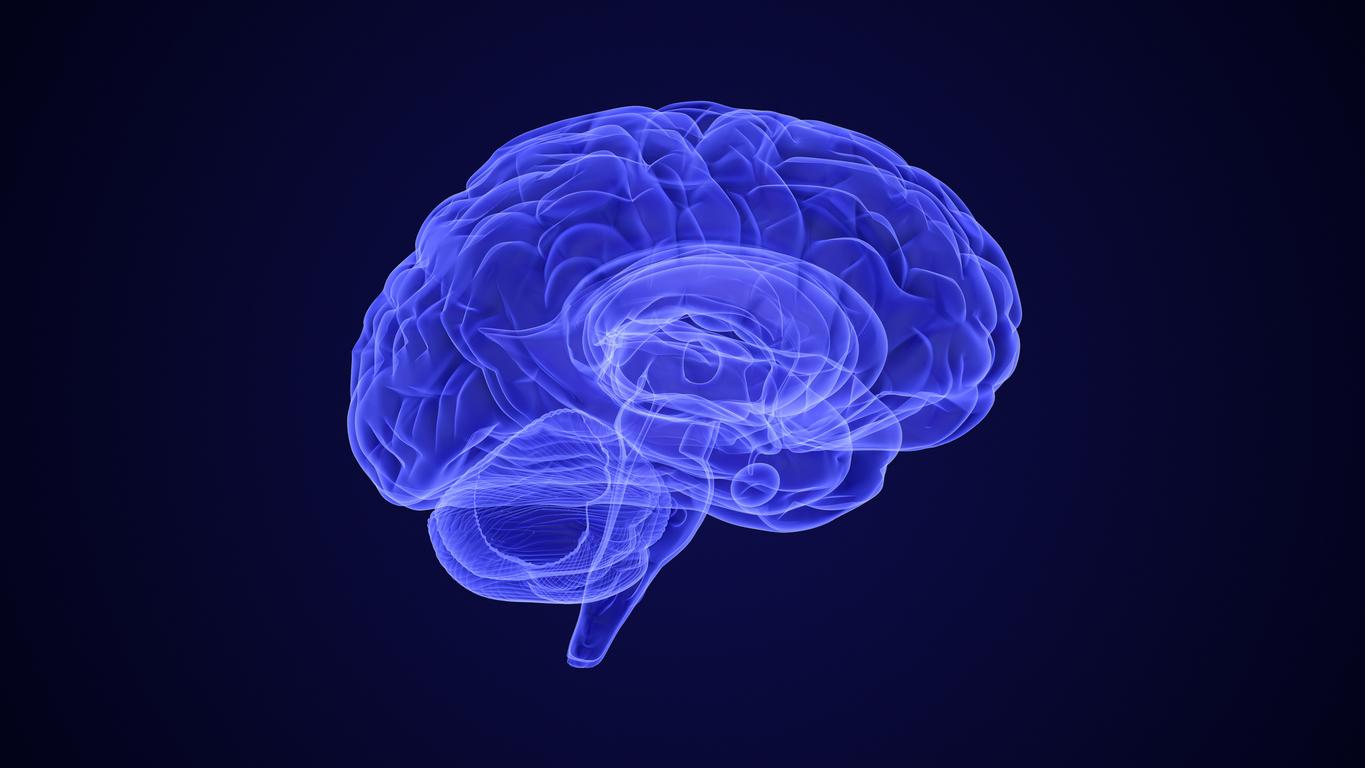Physical activity would help patients with Parkinson disease improve their heart, muscle and bone metabolic health, based on the results of a study published in the medical journal JAMA Neurology. But it would also slow the progression of the disease and cognitive decline.
Researchers from the Mayo Clinic (USA) carried out a clinical study with 762 patients to analyze the clinical effectiveness of physical exercise on Parkinson disease.
Intense and vigorous practice of sport, stretching and balance exercise would release trophic factors in the brain to maintain cognitive connections.
“Aerobic exercise promotes protective trophic factors in the brain whose function is to keep neurons alive and facilitate the growth of their extensions. Exercise thus helps to maintain connections and prevents the brain atrophy characteristic of Parkinson’s disease,” explains Dr. Eric Ahlskog, neurologist at the Mayo Clinic and lead author of the study.
Setting up a suitable program
Physical activity must be set up by a physiotherapist and must be practiced in a realistic and progressive manner to promote good patient acceptance.
All aerobic exercises are beneficial (cardio or endurance exercises). They must be practiced four times 45 minutes per week in a vigorous way.
Parkinson’s disease in France
The Parkinson disease is the second most common neurodegenerative disease in France after Alzheimer’s disease. A major cause of disability in the elderly, it occurs in people aged 45 to 70. Although it is mainly characterized by untimely and uncontrollable tremors, Parkinson’s disease can also cause non-motor and psychological symptoms such as tiredconstipation, anxiety or even a depression.
Read also:
Infographic: everything you need to know about Parkinson’s disease
Parkinson’s disease: what if eating too much fat accelerated the onset of symptoms?
Parkinson’s disease: a treatment against leukemia would be effective

















